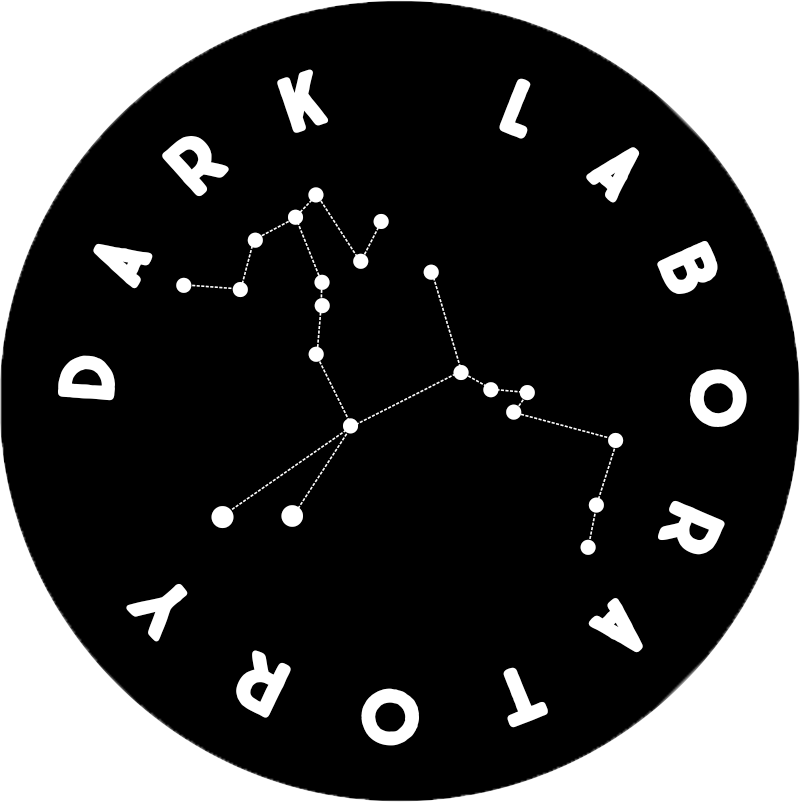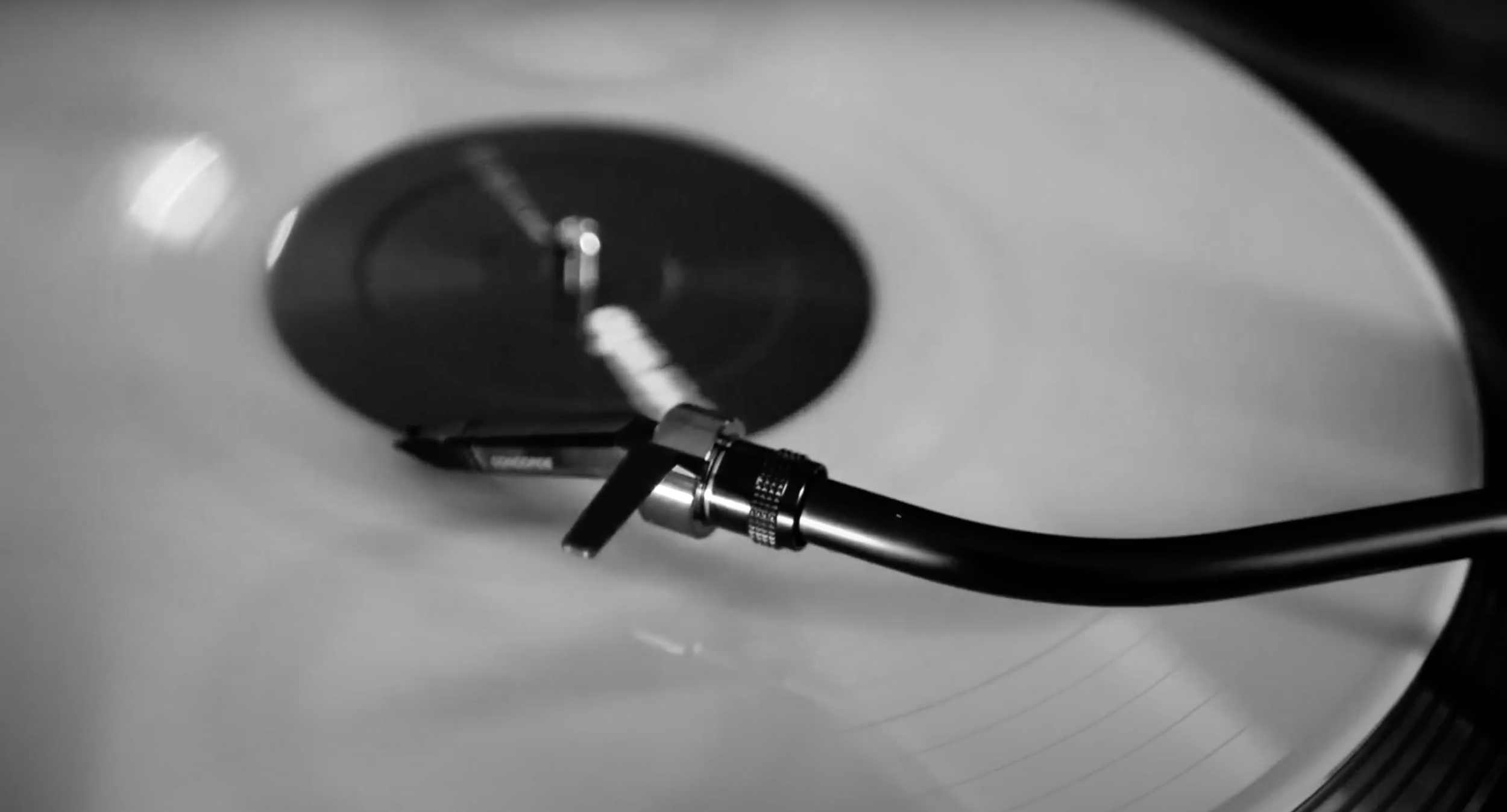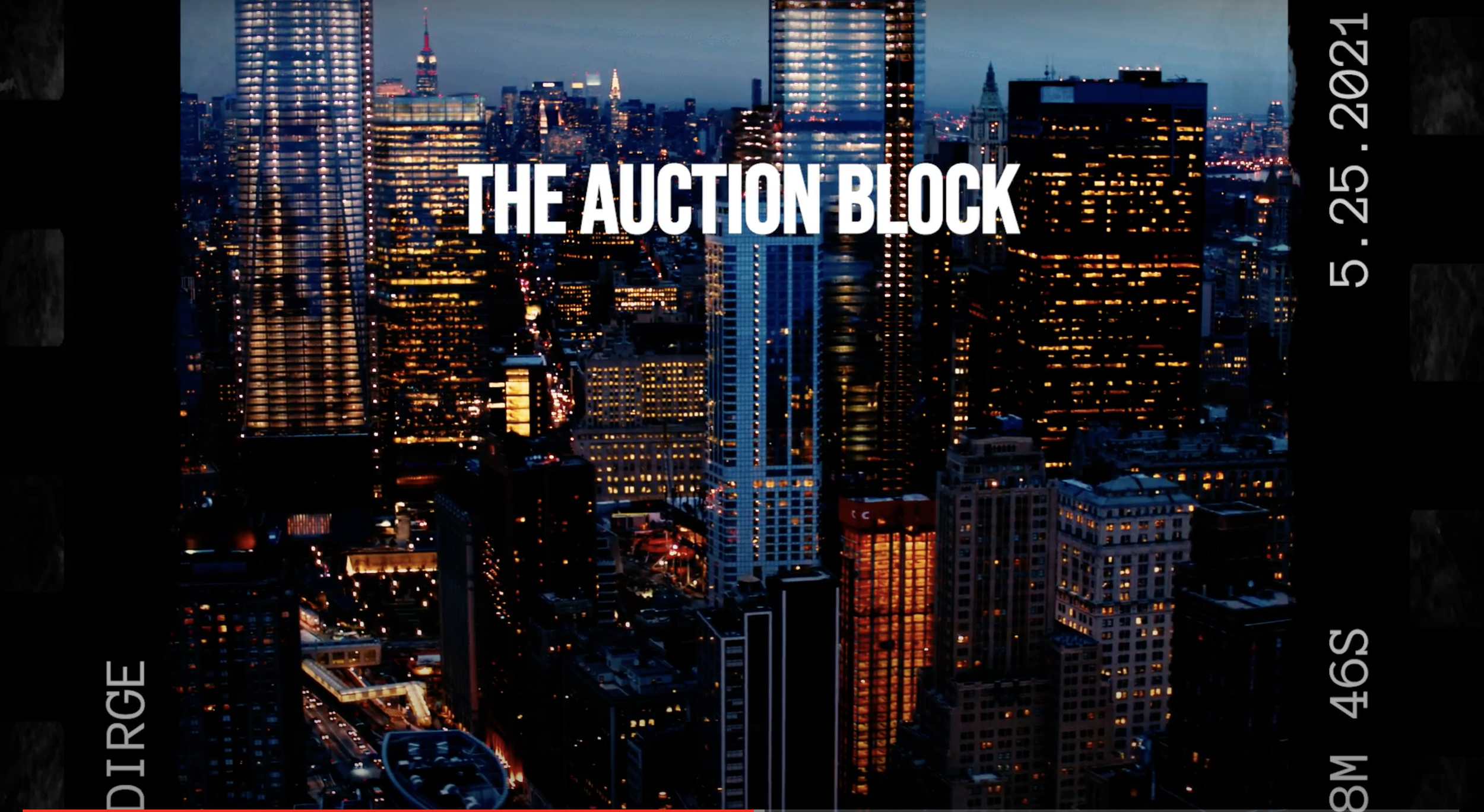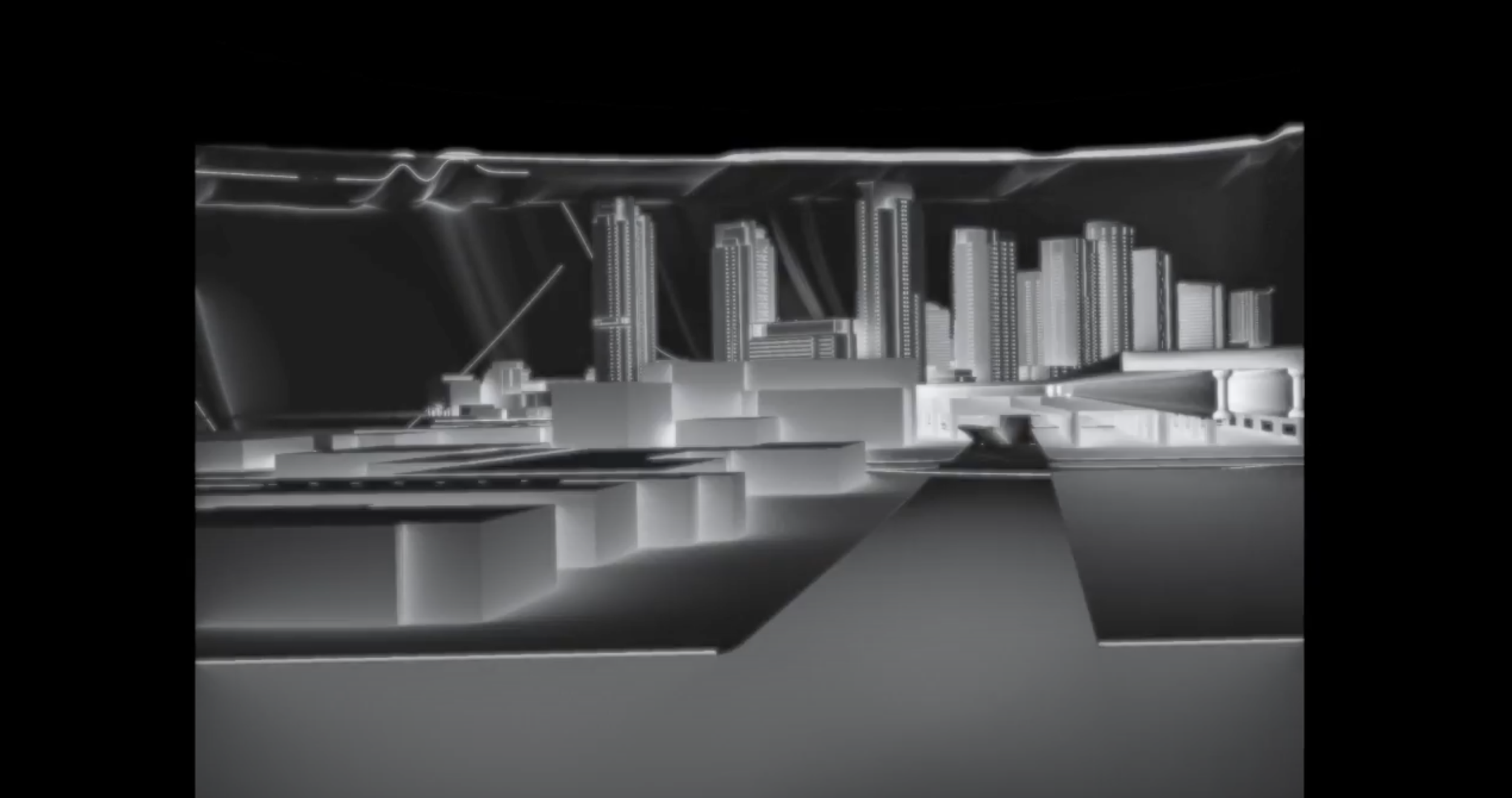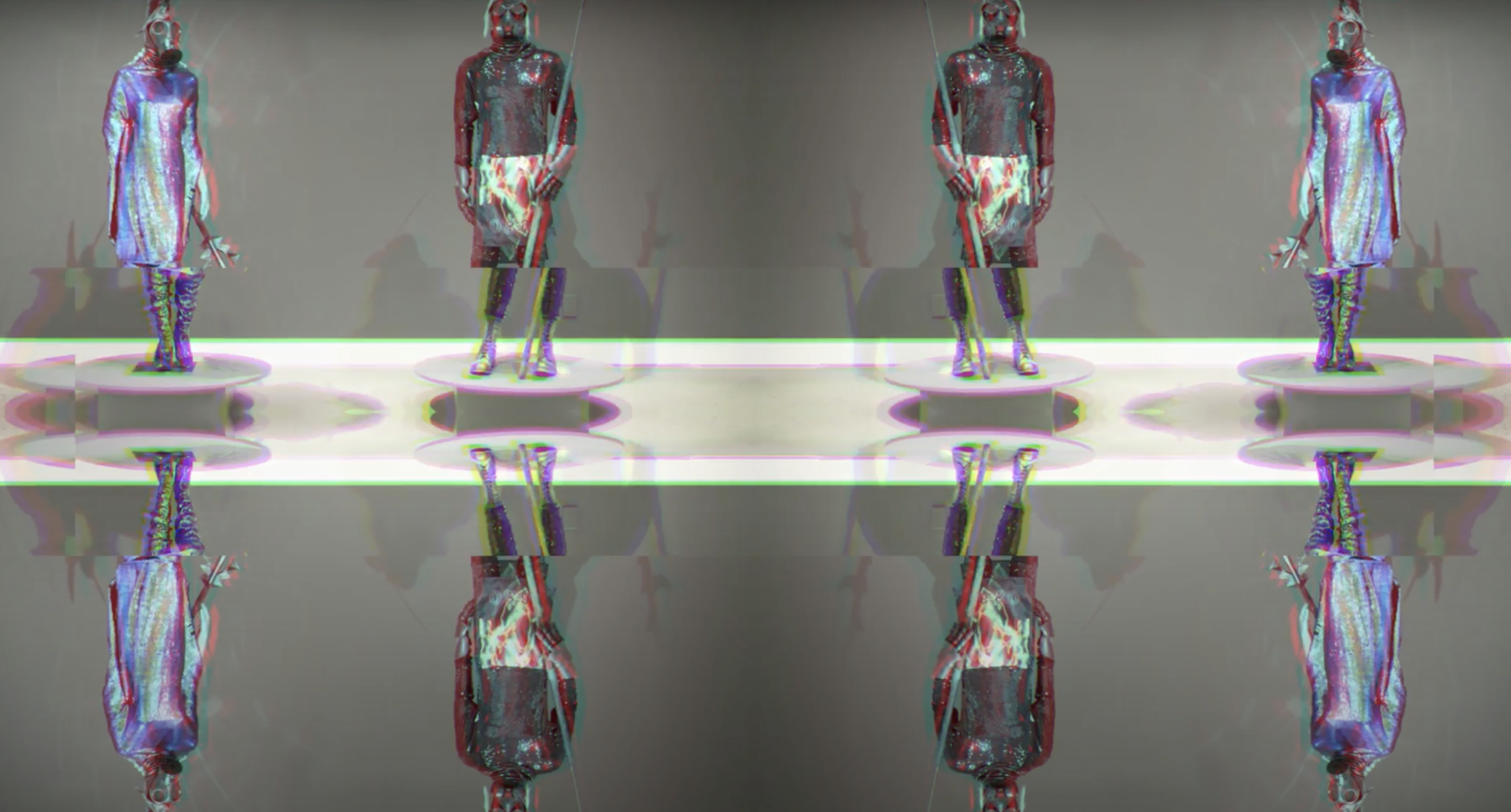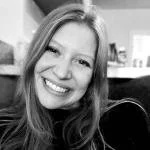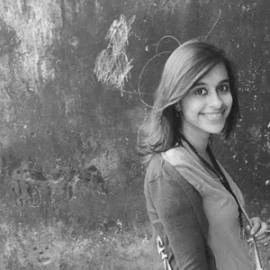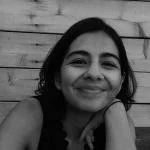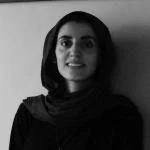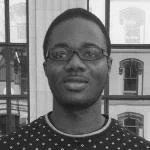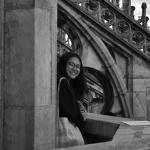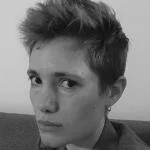
Dirge
Black and Indigenous
Hemispheric Burial
sound sculpture
an intermedia and time-based art form in which sculpture or any kind of art object produces sound, or the reverse (in the sense that sound is manipulated in such a way as to create a sculptural as opposed to temporal form or mass).
the wall as monument to the dead
Four bricks — Mannahatta, Caribbean, Ithaca, the Far Future — in the wall in the sound sculpture symbolize the different site-specific geographies of departure to chart Black and Native life after apocalypse across the Americas. Three groups of students were assigned to curate their interpretation of a place-based sound sculpture.
Experimentation with virtual reality (Oculus Quest 2), DJ equipment, augmented reality, spatial sound mixing (Logic, Pro Tools, Garage Band, Audition), electronic rhythm composers (808, 303), and 3D modeling led us to extend our current realities to pry apart the urgency of BIPOC (Black, Indigenous, and People of Color) as a keyword. Together we looked for new, non-verbal language for storytelling about hemispheric racial formation. We examined from a spatial frame, how Black and Indigenous life intersects in arena determined by premature death because of the ongoing nature of European colonialism.
The Dutch wall--de Waalstraat-- of the walled city of New Amsterdam is a monument of defensive architectural design that marks for us a burial site of Black and Indigenous life but also a crossroads of capital accumulation. Colonized specifically because of the advanced and existing Native infrastructure, Lenapehoking was a hub before the Dutch arrived. What is now Broadway was the Wickquasgeck Trail.
DIRGE
ManNahatta: We Sing the city
“We Sing the City” is a poetic, sonic, and visual narration of NYC. It can be experienced through this part of our collective sound sculpture that takes listeners on a journey through the past, present, and future of a city, of a people, of an entangled geography. Through a combination of a sonic piece and a series of visualizations our team hopes to introduce the listener to an alternative form of site analysis, historical reconstruction, and speculative future-making.
Aparajita Bhandari (Communication), Rewa Phansalkar (Architecture), Lydia Macklin Camel (Landscape Architecture)
Carib: Wading through the Wake
We are on ground, rooted across the diaspora. But We are here where the land is alive, out of the sights of the conquistador-settlers, and their predatory eyes. We, the living and the after lives. Against the rushing of the water waves, We move. We wade through the water that flows with the soundscape—through the echo of the sea—We listen. We hear the chants of the Taíno People, beckoning us to this Carnival of the living, of living in the wake.
Chijioke Onah (Literatures in English), Chloe Tsui (Architecture), Nusaibah Khan (Architecture)
“/dərj/ (noun)
a lament for the dead, a hymn, especially one forming part of a funeral rite.
a mournful song, piece of music, or poem.”
Ithaca: Dwagáhdęgyoh géh, who are you responsible to?
In the Gayogo̱hó꞉nǫʼ (Cayuga) language, to ask someone where they are from, Dwagáhdęgyoh géh, isn’t an expression of mere geographical belonging. Instead, it is asking a deeper question, “where do you originate from?” This question gains newness through a Tuscarora interpretation meaning “who are you responsible to?”, thus transferring accountability to the land and its people. What if our contemporary epistemologies began with other, with truer beginnings, centering Indigenous cosmology as an element of the past doubled as the element of the future? What if diaspora could be foregrounded as the epistemology of communal societies beyond the fetters of phantom democracies?
André Nascimento (Romance Languages), Waylon Wilson (Performing and Media Arts), Marsha Taichman (Library)
the future in three phases: Black and Indigenous Burial and Futurity
Our broad goal in sonically sculpting ‘The Future X’ is to curate a speculative space for collaboratively imagining how things might be otherwise. The piece is developed through samples in a way that is mostly symphonic but at key times dissonant or cacophonous. These samples were produced through a call and response fashion. This mode echoed our production process and emerged from a desire to keep this process ongoing; the series of conversations about how and by what means we might present the future generated agreement that whatever was produced would not be the end, or an end--nothing with a stagnant form. Rather, in resonance with an imperative from Denise Fereirra da Silva and Arjuna Neuman’s film, 4 Waters — Deep Implicancy, the future was another phase.
Leanna Humphrey (Architecture), Hanxue Wei (Regional Planning), Delilah Griswold (Global Development)
Podcast. Sonic guide.
The curators of each sound pod consulted with experts in the intersecting fields of racial capitalism, settler-colonial studies, museum studies, and Caribbean studies, including Gerard Aching (Cornell University), Adom Philogene Heron (Bristol University), Lennox Honychurch, Alyosha Goldstein (University of New Mexico), Matt Hooley (Clemson University), and Leah Sweet (Johnson Museum, Cornell University).
Sections of these conversations are featured as part of a special 5-episode season of Tao Leigh Goffe’s sub-marine podcast, “Get Free,” produced by composer David Gonzalez. To accompany Dirge the sound sculpture, the series of five episodes supplement the sound sculpture for those who want to listen further to understand how critical theory and our web of relationality in conversation with other thinkers and practitioners informed each of the site-specific parts (Manhattan, Caribbean, Ithaca, the Future) of the sound sculpture. The special series season begins with an overview recapping the Spring 2021 Cornell University course “Black and Indigenous Metropolitan Ecologies” and how it complements Dark Laboratory as an engine for digital storytelling, ecology, race, and technology. The episodes form an additional sonic guide to Dirge.
Episode One is a postmortem on what it means to form a constellation of Black and Indigenous thought in the shape of a syllabus.
Episode Two features the Mannahatta Sound Pod in conversation with Alyosha Goldstein in New Mexico.
Episode Three covers features the Carib Sound Pod in conversation with Adom Philogene Heron and Lennox Honychurch in Dominica (Eastern Caribbean).
Episode Four consists of features the Ithaca Sound Pod in conversation with Gerard Aching.
Episode Five features the Future Sound Pod in dialogue with Matt Hooley in South Carolina.
UC, San diego Design Lab
“Rebels, Revolutionaries & Risk Takers”
Wednesday, October 27, 2021
Professor Tao Leigh Goffe presents Dirge at the UCSD Design Lab.
The Western hemisphere is a haunted house built on the foundation of stolen land and stolen life. Considering the entanglement of the dispossession of Native sovereignty and African enslavement across deep time, in this talk, Dr. Goffe presents elements of a sound sculpture produced with collaborators. As a multimedia reckoning with the ongoing colonial present, Dirge explores Black and Indigenous burial rites, rituals, and futurism. Dr. Goffe asks, “How can we use sound as a way of theorizing space and race?” She tunes in to the resonances of improper burial across the hemisphere in spaces that are cemeteries but are not typically thought of as such.
Design@Large is a speaker series hosted by The Design Lab at UC San Diego, where each quarter we examine a topic in society and the relevance and implications through the lens of human centered design.
Sound Pods
-
Architect
Rewa Phansalkar (left) is a regional planner, architect and researcher based in Ithaca, New York. She studied architecture at the Academy of Architecture, Mumbai, before pursuing a master’s degree in Regional Planning at Cornell University and has worked with the Aga Khan Agency for Habitat, School of Environment and Architecture and the Urbz Research Collective in Mumbai. She's currently a Research and Outreach Specialist at the New York State Water Resources Institute at Cornell University, where she works on projects that integrate sustainable urban design, policy, and governance approaches for flood resilience.
-
Design Director
Aparajita Bhandari (center) is a Ph.D. student in the department of communication. Her research is broadly focused on the intersections of communication technology, urban space and place, and social identity. Her work seeks to understand how the material, spatial, and infrastructural can be used to understand urban digital communication. She also is interested in questions around community and place-making and the ways that public space is transformed by private companies, especially technology companies.
-
Architect
Lydia Macklin Camel (right) received her B.S. in geography from Michigan State University and worked as a sustainability and community development professional before pursuing an M.L.A. Her research interest is in the role of design and the designer in displacement, particularly through mechanisms of gentrification, exclusion, and erasure. Through historical, psychological, and cross-cultural examinations of gentrification occurrence and diverse analyses of gentrification experience, she hopes to investigate the extent to which the field of design can support and advocate for inclusive environments.
-
Scholar
Chijioke Onah (left) holds a combined honors bachelor’s degree in English literature and history from the University of Nigeria, Nsukka. Before coming to Cornell, he studied at Goethe University of Frankfurt; Utrecht University, Netherlands; and the University of Wisconsin–Madison. He is currently pursuing a Ph.D. in postcolonial and world literatures in the Department of English. His ongoing research focuses on the emergence of #BringBackOurGirls as global activism that bears witness to Boko Haram terrorism worldwide. He is currently exploring the (bio)politics of waste and disposability in the African diaspora.
-
Scholar
Chloe Tsui (center) is a B.Arch. graduate of Cornell University who pursued a concentration in visual representation and minored in Asian American Studies. She is currently researching the development of ethnic communities in relation to public health scares of the late 19th century and the ways in which physical barriers and intangible borders were built at a critical point in modernity that enabled race to become an indicator for universal stereotypes.
-
Architect
Nusaibah Khan (right) is a first-year student in the M.S.AAD program, with a focus on urbanism. She holds a bachelor’s in architecture from the Centre for Environmental Planning and Technology (CEPT University), India, and has studied at ETH Zurich as an exchange student. She is interested in exploring the role of design as a social and political agent. Her experience of growing up in Kashmir, a contested region, led her to study the impact of politics and urban restructuring on image, identity, and meaning in the public realm in vulnerable areas. Her research interests include exploring the possibilities of alternative design practices, through a participatory approach, to make cities sustainable, resilient, and just.
-
Scholar
André Nascimento (left) is a Ph.D. student of Spanish in the Department of Romance Studies at Cornell, and a fellow in the Latin American Studies program. His primary field is post-dictatorial Southern Cone literature, and his research interests include radical democracy, populism, political philosophy, and protest literature. He received a dual master's degree in Hispanic literature and Portuguese/Brazilian cultural studies from the University of New Mexico. Before graduate school, André served as an interpreter for state and private agencies such as the Brazilian Ministry of Oil and Gas, U.N. Women, and UNASUR, among others.
-
Game Designer + Scholar
Waylon Wilson (center) is a citizen of the Tuscarora Nation who is focused on re-storying Indigenous history and issues in multiple media platforms. As a digital media artist, he relocates Indigenous place-based knowledge as mobile, virtual environments, laser-cut fabrications, and quirky animations. He builds interactive, intergenerational digital spaces for elder and youth play. As a Ph.D. student, his current research interests examine the intersections of Indigenous storytelling, documentary filmmaking, cinema techniques, and video game strategies.
-
Librarian
Marsha Taichman (right) has an MLIS in library science from McGill University, an M.A. in art history from Concordia University, and a B.A. in English literature and literary non-fiction from Hampshire College. She has worked at the Mui Ho Fine Arts Library since 2012, and predominantly with the College of Architecture, Art, and Planning on reference and library instruction. Her research interests include collecting artists’ books and exploring the intersections between libraries, archives, and museums, as well as the information-seeking behaviors of artists in these settings. She has worked on exhibitions in the college and the library and co-organizes Cornell's Art + Feminism Edit-a-thon.
-
Architect
Leanna Humphrey (left) is a Professor of Architecture at Hampton University in Virginia. She recently completed a post-professional master's of architecture degree at Cornell University, specializing in topics of representation. She is interested in rethinking current models of architectural practice and pedagogies, in particular through multi-disciplinary approaches and connections with emerging technologies. Her past experience ranges from roles as a project manager and architect to public interest researcher and design educator. She received her bachelor of architecture from Virginia Polytechnic Institute and State University, where her thesis work experimented with questions of spatial inhabitation through scenographic models and drawings.
-
Scholar
Hanxue Wei (center) is a Ph.D. student in the Regional Science program at Cornell University. Before coming to Cornell, she worked as an urban designer in Shanghai. She has a bachelor's degree in urban planning, a master's degree in urban design, and a master's degree in urban planning. She is interested in studying the socio-economic issues in the spatial context, such as the economic value of environmental amenities and the policy implications.
-
Scholar
Delilah Griswold (right) is a Ph.D. candidate in development sociology. She is broadly interested in the spatial reverberations of climate change politics as they occur through comingled processes of land occupation, state formation, and collective action. Her dissertation centers on multi-modal ethnography to understand how current practices of climate adaptation inflect historic patterns of struggle and present efforts for livelihood autonomy and access to urban space in Suva, Fiji. This work builds from her interdisciplinary training in social and environmental science, land use law and policy, and the anthropology of Oceania.
This sound sculpture was the result of a course in urban representation labs “Black and Indigenous Metropolitan Ecologies” (ARCH 4408/6408, AMST 6809, ASRC 6819, FGSS 6819, SHUM 6819) taught at Cornell University by Prof. Tao Leigh Goffe in Spring 2021.
Focused on the intersection of urbanism, design, and the humanities, the Mellon Seminars bring together faculty and students from multiple colleges and disciplines to think deeply about the city and its many representations. Sharing and exploring methodologies, technologies, and pedagogies in the study of the urban condition, it is led by Prof. Timothy Murray, Director of Cornell Council for the Arts, CCA Biennial Curator, Rose Goldsen Archive of New Media Art, and Professor of Comparative Literature and English; and J. Meejin Yoon, Gale and Ira Drukier Dean of Cornell’s College of Architecture, Art, and Planning; and generously sponsored by the Mellon Foundation.
